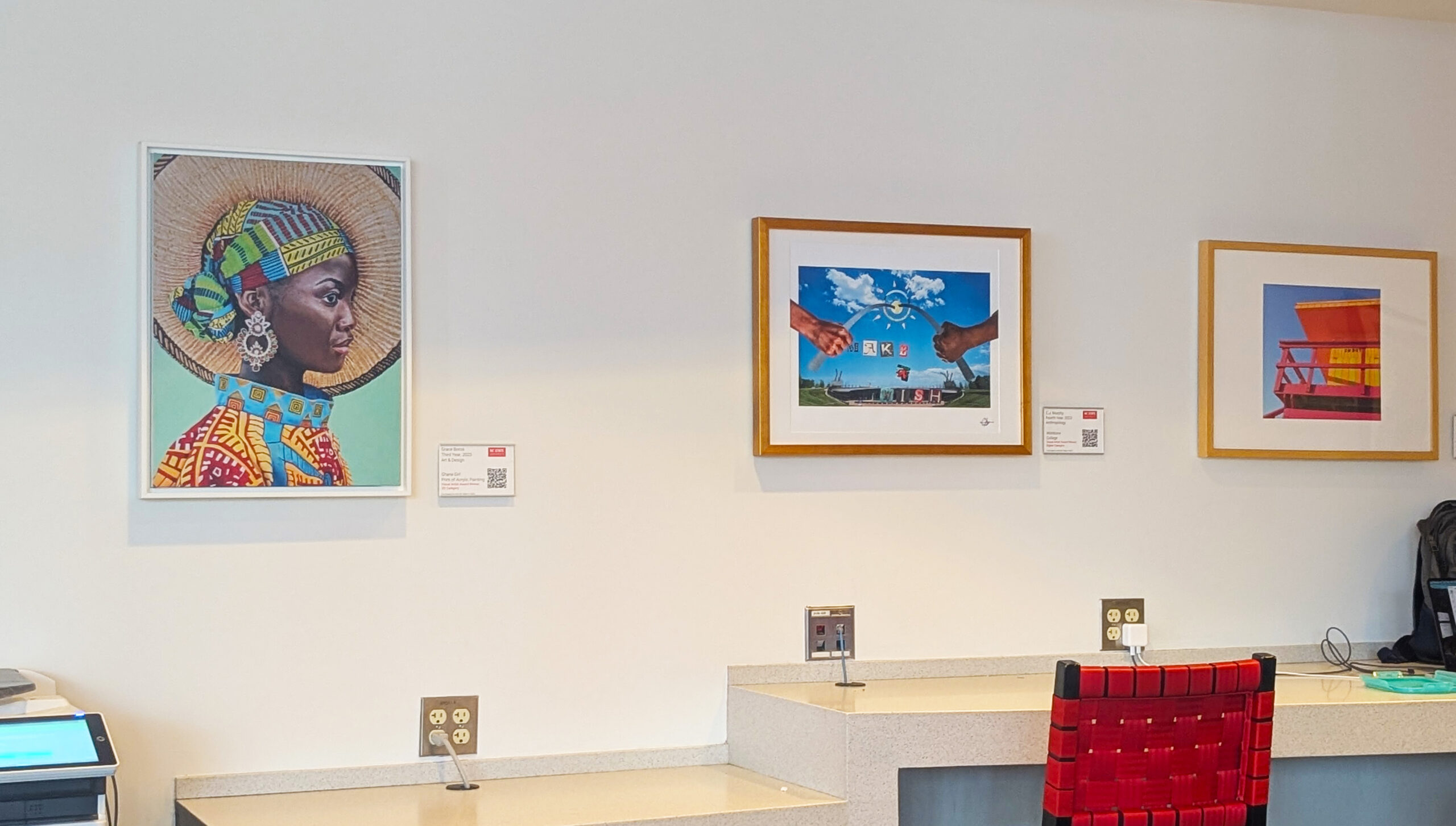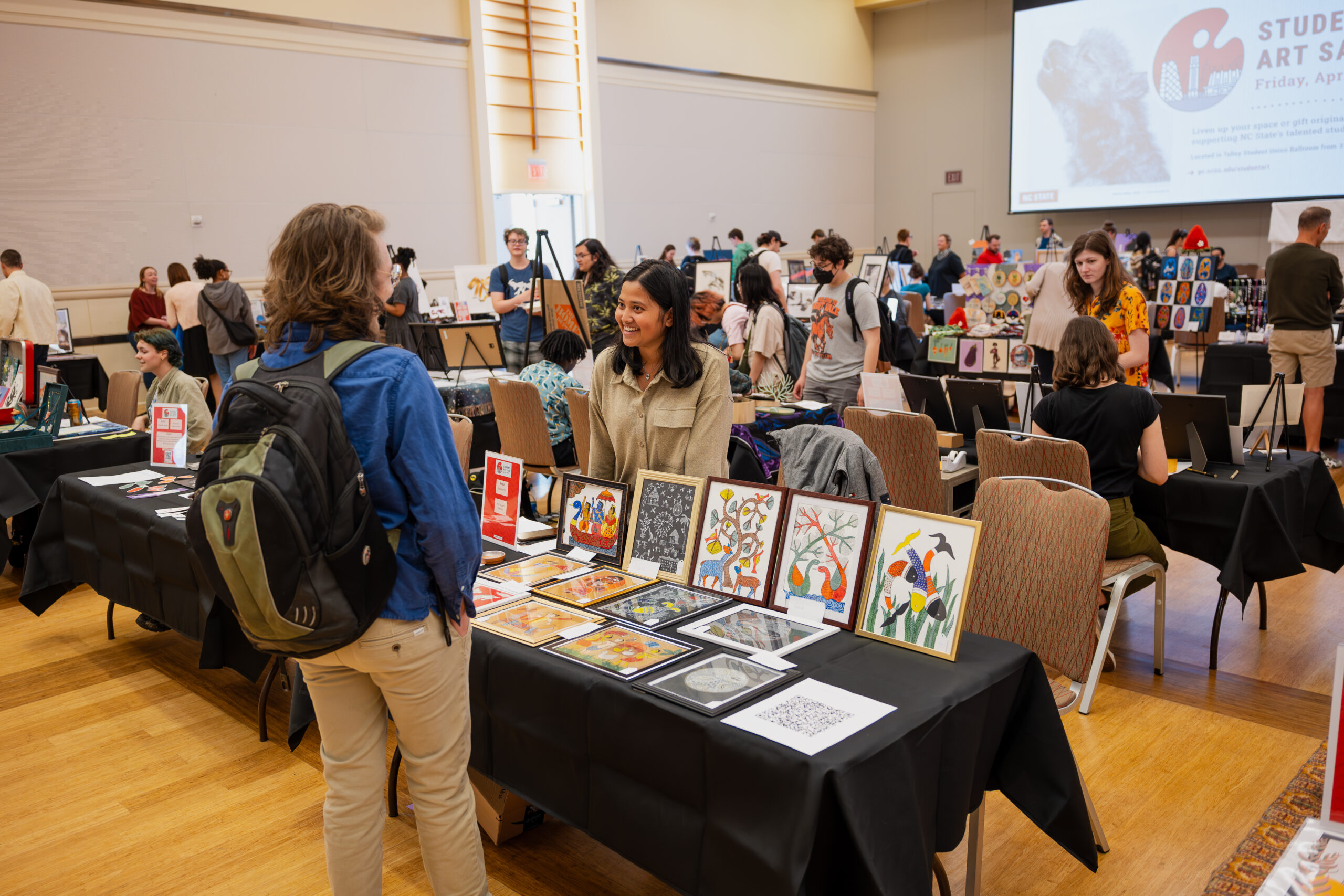Our Life in the Arts
Questions, reality, and musings on a life of joy and wonder
Vol. 2, No. 11
November 13, 2022
Time
By Rich Holly
As a percussionist, I have had to spend numerous hours considering what is “time.” Musicians need to work on “keeping time,” that is, keeping a steady beat at the prescribed speed without speeding up or slowing down.
How many of you are familiar with David Mamet’s Pulitzer Prize-winning play and subsequent film Glengarry Glen Ross? In the film version, the character Blake makes a big deal out of “A-B-C,” Always Be Closing. Decades ago I adapted that for myself. My ABC is “Always Be Counting.” Admittedly, it’s a bit out of control – at this point in my life, I count seconds in my head nearly every waking minute of my life, still working on keeping time.
Before we go any further, dig this great song from 1967 from The Chambers Brothers, which also features “more cowbell”:
If you’re an artist but not a musician, what does time have to do with your art? I’d say it has a LOT to do with it. Some quick examples:
– An actor’s timing and pace of their lines
– A dancer’s movements as they relate to sound and space
– A visual artist’s understanding of how long their medium needs to cure before adding anything more to it
– A multimedia artist’s need to know when to switch technologies
I’m sure you can think through several examples in your artistry when time or timing didn’t work out as well as you would have hoped. My question is, therefore, what did you do (or are doing) to hopefully insure better time or timing in the future?
Then there is the conversation (either with others or with yourself) about time being a social construct. While the United States, Europe and other countries use fixed times as a daily convenience for scheduling, other parts of the world treat time in a much more relaxed fashion.
I have many friends and former students who hail from countries where time is treated in a more relaxed fashioned, and we have at times (there’s that word again) joked about their seemingly laissez faire attitude toward time. While a person who practices this relaxed approach may infuriate people who practice “to be on time is to be late,” in the grand scheme of things, I haven’t yet seen what difference it makes. The countries with a relaxed approach to time have produced artists of all media who have earned just as many accolades as artists from anywhere else in the world. I’ve often thought I would love to treat time in this manner, but living and working in the United States, for the most part, hasn’t allowed for that.
Yet I still think there’s much to be learned from that. Time can be your friend, or time can be your enemy. I suspect you can all think back to a school assignment which had a due date and you struggled to complete it on time. Those were anxiety-ridden times. Yet we can analyze it in two ways: was time your enemy, or was your ability to use the time your enemy? Again, I encourage all of us to do some soul searching to answer that question. And the answer may well be different for different situations you’ve encountered. Some of us may need lessons in learning about or brushing up on our time management skills. And some of us (yeah, I’m looking in the mirror) need to learn to say “no” when presented with a task or opportunity that we know will make the brief available time cause anxiety or frustration or a poor end product.
How do we learn to make time be our friend? In my case, I think it was drilled into me as a youngster when my mother always said, “Do your homework first, then you can go out and play.” I learned to not procrastinate, which I believe has served me well throughout my career. But I also look at tasks as opportunities – some more so than others, of course. I learn something with every task I complete, and that’s fulfilling to me. Keeping a positive attitude has helped me achieve the end result(s) in shorter order and allowed me to understand my own time management tactics better. Some of you may find this article helpful.
My encouragement is to not let time get the better of you. For the timing that makes your art stellar, put the time in to understand all that goes into that – body position, body movement, breathing, where to focus your eyes, how to focus your attention, and so on. For achieving your goals and completing tasks, don’t let time be your enemy. Make friends with it so you can always be counting on successful results.
Rich Holly serves Arts NC State and the NC State University community as the Executive Director for the Arts.
All posts in the “Our Life in the Arts” series are available here.
- Categories:


